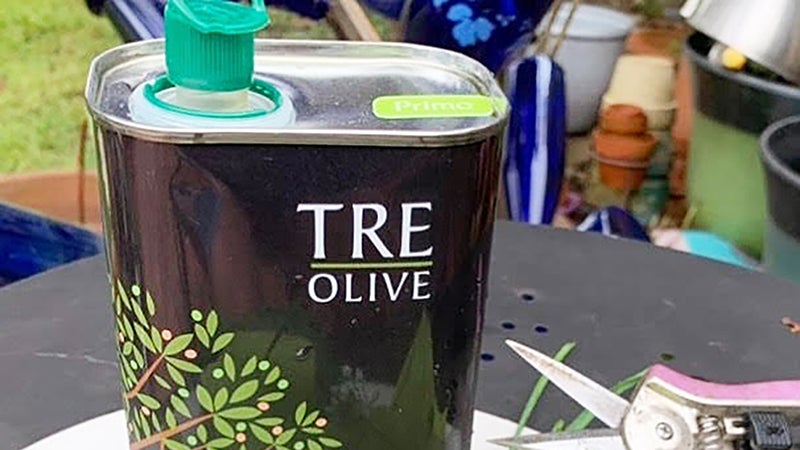OUT IN THE YARD — Few things can be done for overwatered plants
Published 12:10 am Saturday, September 28, 2019
I can tell you that we have a lot of overwatered plants in Southeast Texas. I was at my sister’s house in Vidor and there were three large trees in her front yard. As we were walking around in knee deep water, we noticed a steady stream of bubbles coming up out of the ground near the base of one tree. We looked at the others and found the same thing there, too. Investigating further, I found that during our 4+ month period of little rain, quite a bit of air was allowed to penetrate into the ground deeper than normal. As the ground dried out, it shrank. You really see this in clay soils where the contraction causes large cracks. Most people know that plants take in carbon dioxide and produce oxygen through their leaves, but did you know that roots need small amounts of oxygen to survive? A lot of work is being done underground in and around the root system and, just like we use oxygen, roots and beneficial microbes use it to break down sugars to create energy that is used to pull in nutrients and pump water up the tree trunk to the leaves. It is tough work. The bubbles we were seeing were caused by the heavy weight of the water pushing down and air trapped deep below trying to rise. Established trees can survive an extended period of being under water but middle aged and young trees will have a hard time surviving. This is why many people lose newly planted trees in Southeast Texas because they dig a hole in clay soil and essentially plant the tree in a bowl that can never drain. Plants roots are constantly in water and die. It is so important for plants to have good drainage. As water is absorbed or drains, air is pulled down to the roots from the surface.
There is not much you can do for plants that have been overwatered. The plant may show signs such as yellowing leaves. If you see this, do not fertilize. If there is root damage or still too much water present the roots will not be able to absorb nutrients anyway. Wait at least two weeks for the moisture levels to stabilize in the soil. If the tree has been underwater for an extended period of time many nutrients will have leached away. It is best to start off with a lower concentration fertilizer that will allow the roots to develop and feed the beneficial microbes that hopefully survived the drenching.
If you have not already checked your potted plants, do so and make sure they are draining. If they are not, clean out their drain holes. For young trees, do not aerate near the base, which could damage more roots. If the area around the tree does not have good drainage, you can aerate a few inches out from the drip line to help increase air flow into the ground around the roots, but that is about all you can do.
If you have any questions on gardening in general, you can reach Jefferson County Master Gardener Tim Schreck at timothyrschreck@gmail.com or call Texas A & M AgriLife Extension at 409-835-8461.






